Upcoming Titles





Housekeeping
-
by Casey Joiner
"With the photographs from her acclaimed project “Housekeeping” Casey Joiner has worked with Fall Line’s design and editing team to create a photobook that is rich in the beauty and poignant delight of a southern family life, lived in full. This work is deliciously larded with the pain and sweetness of the casual daily oddities, awkwardness and brilliance of a multi-generational domestic scene. Its highly personal path traces the contemporary gothic of the American experience of a Casey that is alive to the look and feel of her world just as it is – seen raw and cleanly. With vernacular family pictures salting the meat of her searing personal imagery Casey works the magic of bringing us to what we already know – but hadn’t dared to really see – life is beautiful, painful and delicious." - William Boling
-
Learn More
- 58 Color Plates
- 8” x 12” hardcover fine art photography book with silkscreen cover
- Design by Margaux Fraisse
- Photo Editors: Casey Joiner, Margaux Fraisse, William Boling
- Essay from Phillip March Jones, acknowledgements from the artist
- First Edition




The Sun Sets Midafternoon
-
by Jessica Hays
Integrating photographs and text, The Sun Sets Midafternoon examines the immediate aftermath of megafires on surrounding communities and what the experience of local fires are like, interweaving
narratives of ecological devastation, collective trauma, and climate grief. -
- 9"x12.25"
- 160 pages
- Hardcover
- Edition of 700
- Coming Early 2026
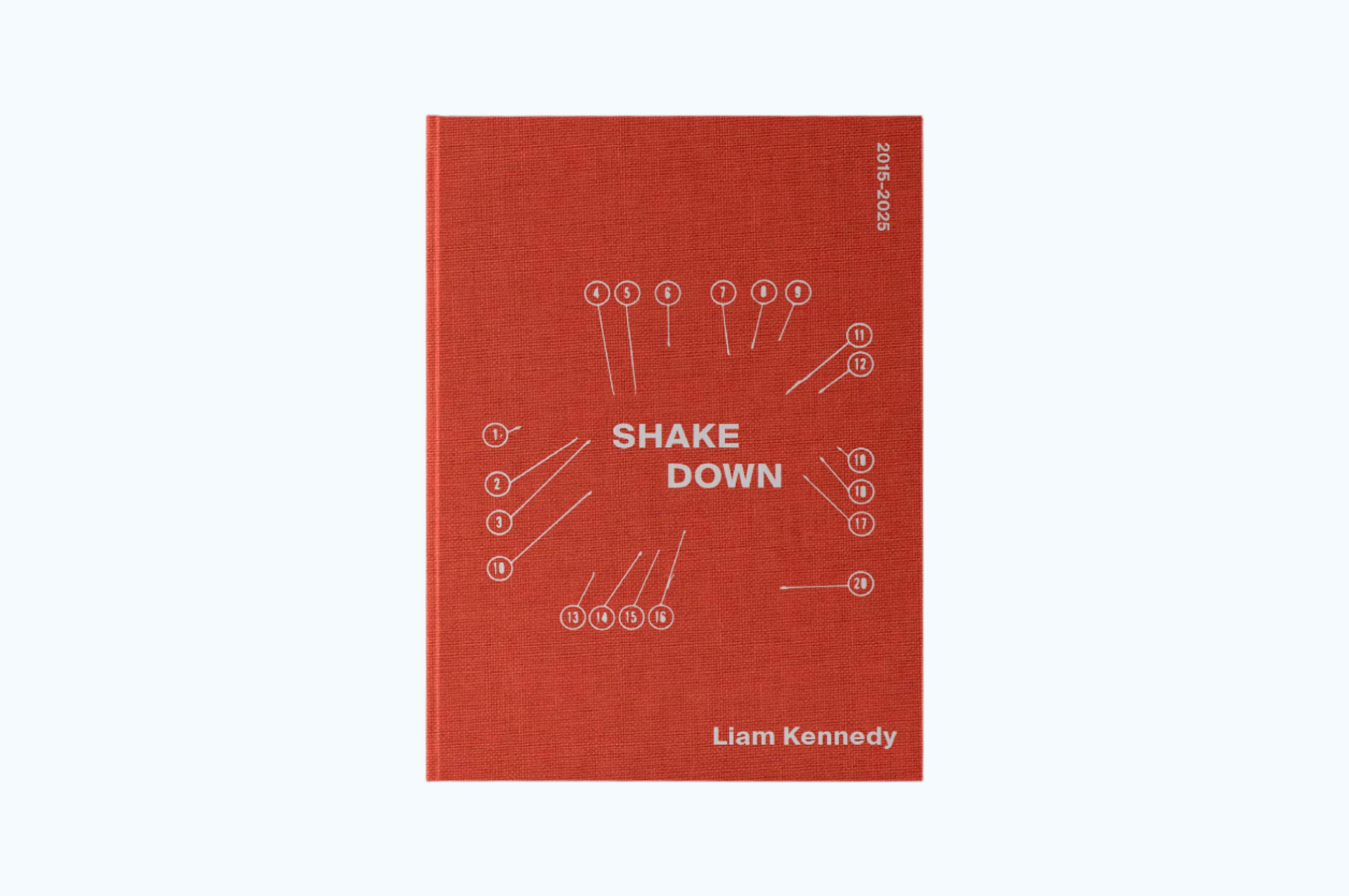


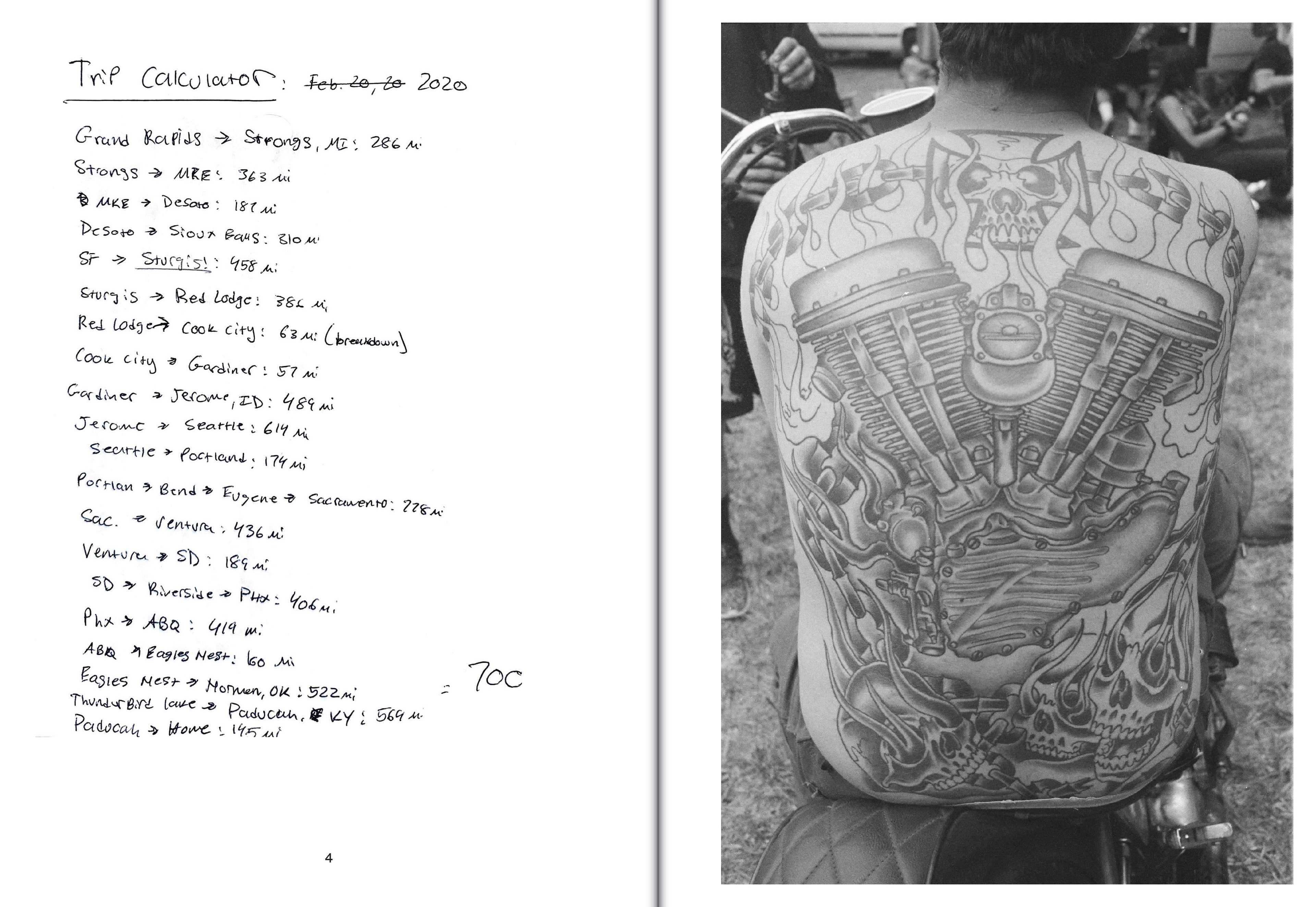




Against The Grain
-
by Mark Maio, Story by Anthony Bannon
Photographer Mark Maio documented the last decades of a gang of men who unloaded giant Great Lake grain ships These were tough minded descendants of the Irish immigrants who dug the Erie Canal and its terminus harbor in Buffalo. They called themselves Scoopers and called their groups of 18 a gang. They worked the holds of schooners and later the coal and diesel driven ships that mastered the 95,000 square miles of tricky lake waters, as well as the narrow rivers that snaked into the harbors of cities. These five lakes formed the world's largest inland water bridge between westerly farms and eastern industry in the United States and Canada.
-
- 201 pages
- 107 B&W Photographs
- Hardcover
- Edition of 1000
- in collaboration with The Burchfield Penney Art Center
- Coming Fall 2025

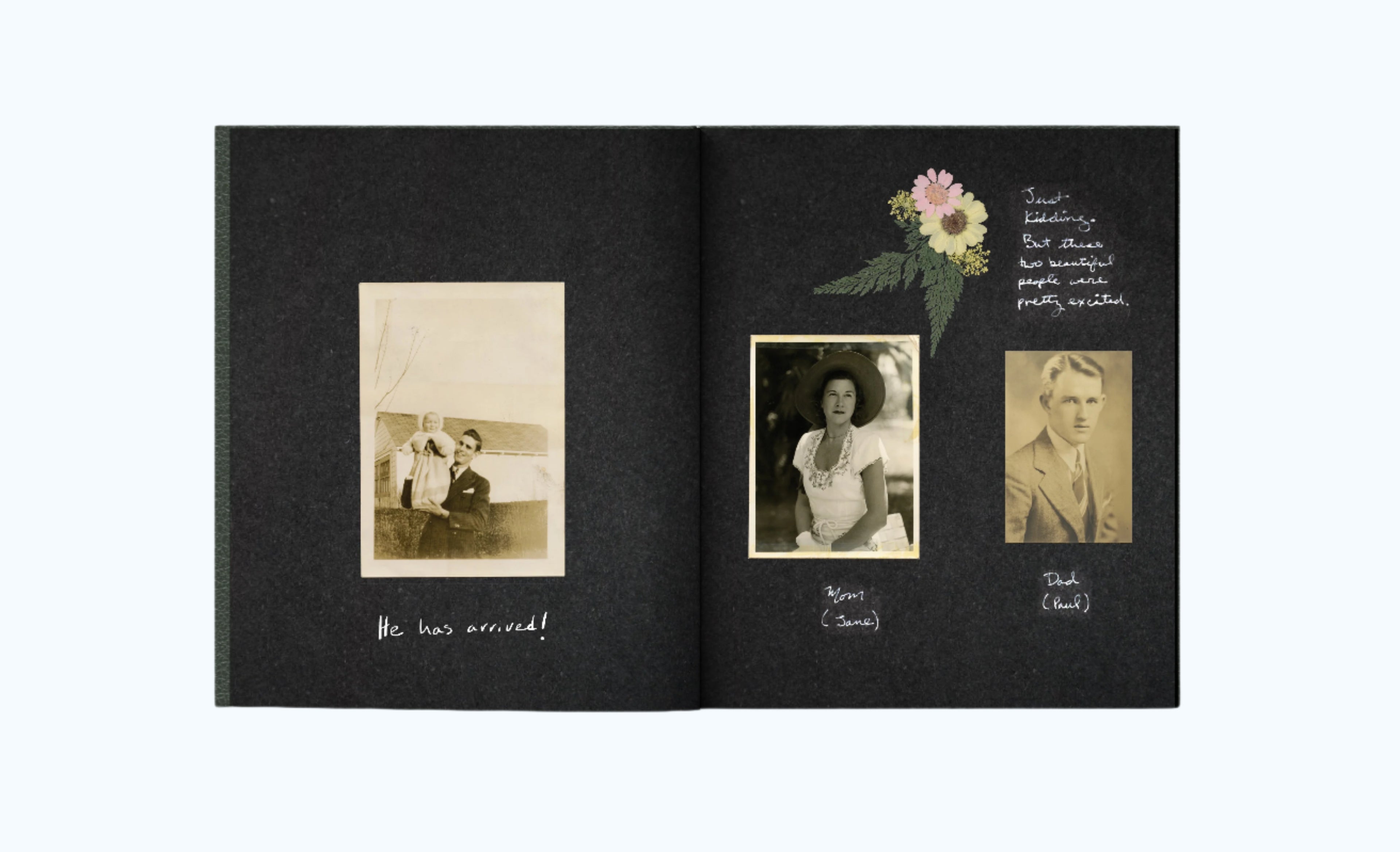
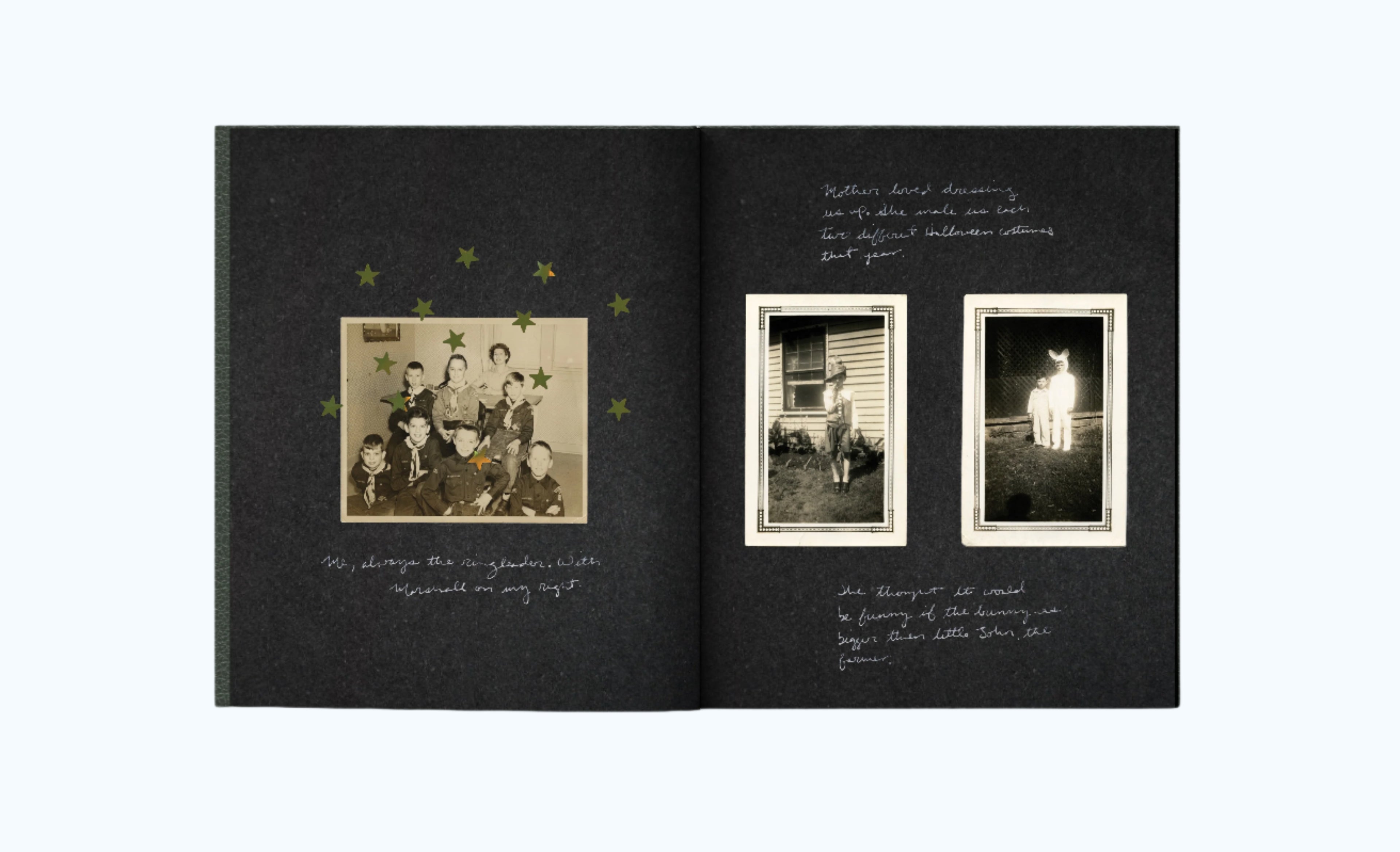
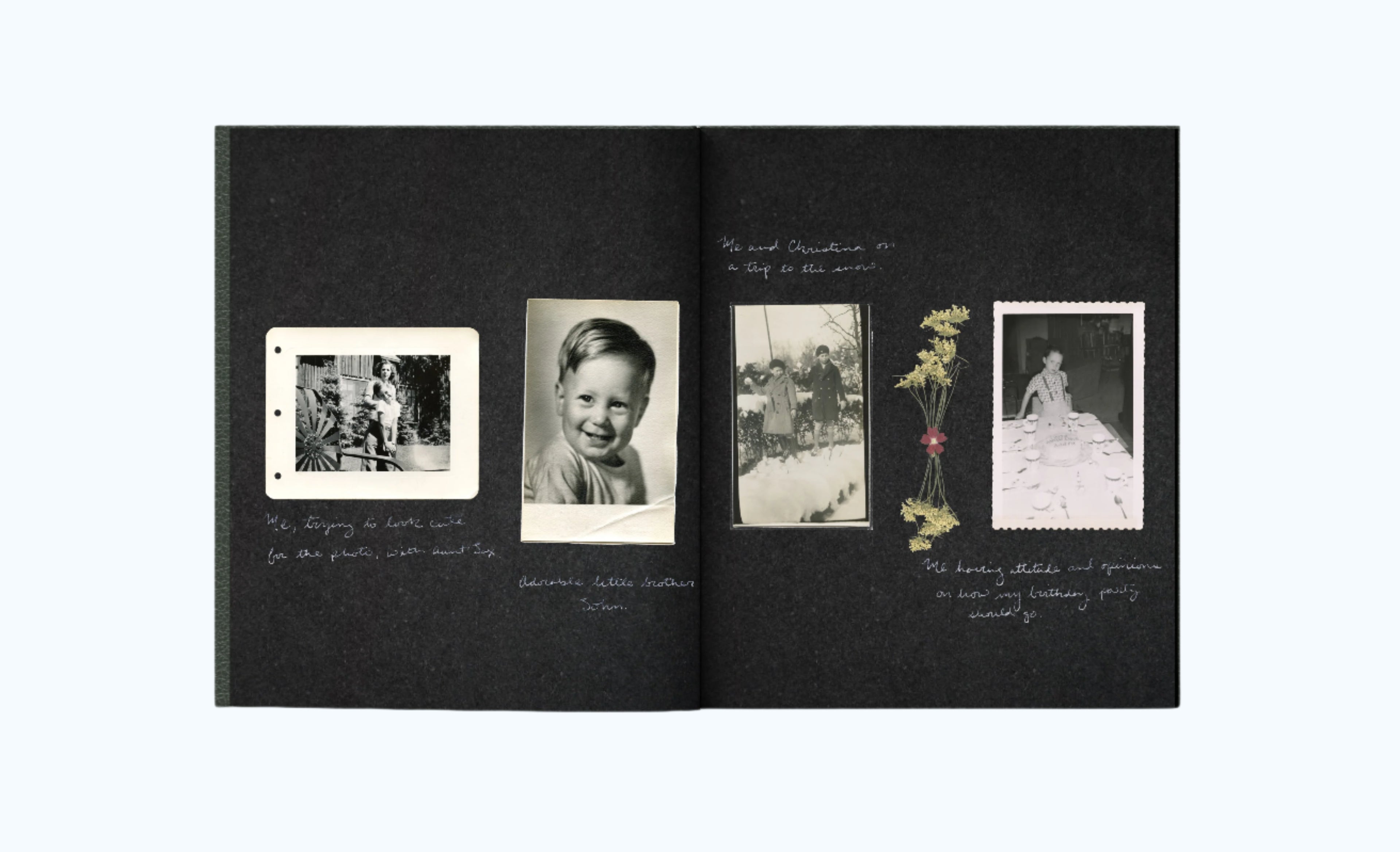
An Impossibly Normal Life
-
by Matthew Finley
This book is an artifact from another world, a more loving, inclusive one where who you love is of little societal importance. This fictional story, centered on Finley's imagined queer uncle’s idealized life, is created from collected vintage snapshots from around the world.
-
- 9x11"
- 128 pages
- Hardcover
- Edition of 500
- Coming October 2025